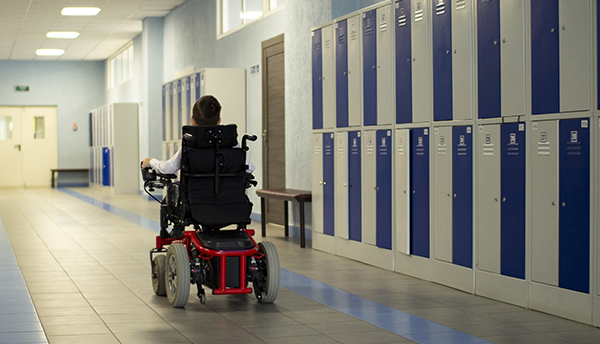
As many families know, getting a Powered Wheelchair Standing Device (PWSD) approved and covered by insurance can be a frustrating and exhausting task.
Having the same issues in Australia, an international multidisciplinary panel of clinicians, people with Duchenne, and their parents worked to generate a consensus statement to assist with decision making around the appropriateness of a PWSD for individual patients. The results have been published and are available here.
CRITICAL ELEMENTS IN GUIDING DECISION MAKING
Three elements were found to be critical in guiding decision making. These include:
- The patient should tolerate and be comfortable standing in the device for at least 10 minutes or the patient most likely will not use this device.
- Ankle contractures are less than 10 degrees. If ankle contractures are more than 10 degrees, the person will not be comfortable in the PWSD and may actually do damage to their joint while standing on contracted ankle joints.
- Note: Not mentioned in this publication are the implications of contractures of other joints that may be involved in standing. It is important to assess the alignment across the knees and hip, as well as the ankles, when assessing appropriateness of using a PWSD.
- Evaluating the person’s goals (rather than the family’s goals) reflecting motivation to use the PWSD.
Access & Coverage Resources for Medical Equipment
Access to, and coverage of, medical equipment is significantly different in the United States than Australia, and it is likely that providing these three elements will not be adequate to convince third party payers of medical necessity. However, this may be a helpful piece of supporting documentation for your medical team to provide to your insurance company alongside the letter of medical necessity when asking for coverage of your power wheelchair with standing device. In order to help families access needed medical equipment, PPMD has developed letters of appeal to be submitted by physical therapists, physicians and parents/patients.
We sincerely hope that the development of these resources, as well as ongoing publications, will help families access the medical equipment best for themselves/their child.



 by: Parent Project Muscular Dystrophy
by: Parent Project Muscular Dystrophy

